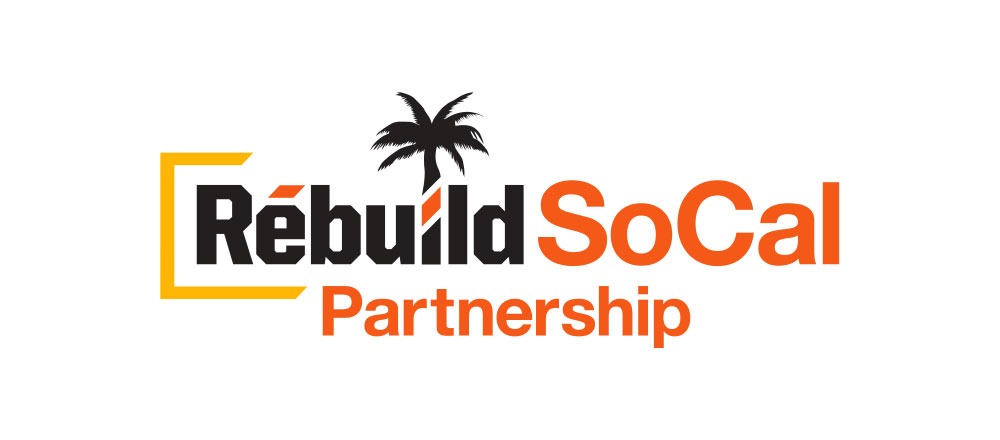Much More Than Brown Lawns
Los Angeles residents, like other Californians across the state, are quickly learning that even though we’ve all endured dry spells more than once, this drought is different from past droughts. The longer we go without rain, the bigger the impact on us all. Tending to water infrastructure and diversifying water resources is vital and it’s also extremely important that Los Angelenos do their part to conserve water during this crisis.
Having brown lawns will be the least of our worries as we have to navigate other issues. Here are just some of the ways the water shortage is already impacting us and will have a long-lasting effect on the citizens of the city.
Higher prices in the grocery
Living in the urban sprawl of Los Angeles, residents rarely see farms or ranches. In California’s Central Valley, often referred to as “the nation’s breadbasket,” approximately 20,000 square miles are used to grow a variety of fruits, nuts, vegetables, and rice that end up at grocery stores throughout the city and the nation.
Water shortages have caused many growers to let their fields fallow. With wells going dry, aquifers draining, and water restrictions in place, ultimately, the food that does grow will cost more to purchase.
Less water and fewer plants also mean animals have less sustenance. Many ranchers are selling off cattle because it’s become cost prohibitive to keep the herds. Beyond impacting burger restaurants and steak joints (and the wallets of anyone who buys their offerings), here in California where beef is more than a $3 billion a year business, this impacts our state economy overall. Ultimately, ranch life impacts residents of L.A. even if they’ve never seen more than a photo of a cow.
Greater wildfire risks
Fire officials and climate experts fear this fall could be worse than what’s already happened this summer. As fires continue to burn throughout the state, residents know areas of Malibu, Brentwood, and Hollywood Hills that have all been devastated before and are at risk again. Within the last two years we’ve watched as flames have teased even the most notable locations, such as the Getty Museum and the Hollywood sign. Now, hotter temperatures, strong winds, and less water to douse these fires make the city even more vulnerable as we move forward.
Electrical issues increase
While it might not seem like what happens to your faucet also impacts your light switch, due to decreased water levels, California state water officials have been forced to shut down a major hydroelectric power plant at Lake Oroville because the amount of water in the reservoir falls near the minimum necessary to generate power. This not only impacts Los Angeles, but the power grid to much of the Western U.S. Jordan Kern, an assistant professor of forestry and environmental resources at the College of Natural Resources, reminds that “hydropower that is ‘lost’ has to be replaced by something, and that is almost always electricity that is produced by a natural gas and/or coal-fired power plants. This results in higher carbon dioxide emissions, and higher electricity prices in wholesale power markets.” Costs are already predicted to surge in Colorado due to this shut down.
Limited development opportunities
As our current communities are running out of water, the question begs how it’s possible to ever grow. Moving forward, the answer may be that we simply can’t. Thus, development opportunities will shrink and impact our economy. It’s already happening in Utah and Arizona. In fact, because there is so little groundwater left in Tucson, before developers can get approval to build, they must prove those structures will be able to access a water source for at least 100 years. In Northern California, the Marin Municipal Water District is now considering enacting a ban on new water hookups, as they did from 1973-1978 and 1989-1993.
Homes that are built may be required to install water-saving appliances, low-flow plumbing, drought-resistant landscaping, water-recycling and water storage systems.
Learn more
As dry conditions and hot temperatures are only expected to continue in the future, it’s important to keep our precious water supply top of mind. Los Angelenos can take steps to save the water and learn more about current drought conditions.
Stay up-to-date on this and other important infrastructure issues by signing up for the Rebuild SoCal Partnership newsletter. Follow us on Facebook, Twitter and Instagram, and listen to The Rebuild SoCal Zone podcast.

